- Identify the Problem Early
- Signs of Lodging
- Causes of Lodging
- Importance of Early Identification
- Choose Good Quality Seeds
- Provide Proper Support
- Proper Watering Techniques
- 1. Watering Schedule
- 2. Deep Watering
- 3. Water Quantity
- 4. Drainage
- 5. Mulching
- 6. Watering Aid
- 7. Observing Seedlings
- Protect from Extreme Weather Conditions
- 1. Wind Protection:
- 2. Frost Protection:
- 3. Heat Protection:
- 4. Heavy Rainfall Protection:
- 5. Hail Protection:
- Monitor and Control Pests and Diseases
- 1. Regular Inspections
- 2. Identify Pests and Diseases
- 3. Integrated Pest Management (IPM)
- 4. Cultural Control
- 5. Biological Control
- 6. Chemical Control
- 7. Record Keeping
- 8. Follow Prevention Measures
- Prune and Trim Regularly
- Implement Strong Support Structures
- “Question-Answer”
- What is the most common cause of seedling lodging and death?
- How can I prevent seedling lodging?
- What are some signs that my seedlings might be in danger of lodging?
- What should I do if my seedlings have already lodged?
- Can fertilizing my seedlings help prevent lodging?
- “Video” Identifying and Treating Tomato Diseases: Blossom End Rot (BER), Early Blight, Leaf Spot
Seedlings are the delicate, vulnerable beginnings of plants that hold the promise of future growth and abundance. However, they are also at risk of lodging, a potentially fatal condition that can prevent their development into fully grown plants. Lodging occurs when the seedlings bend or fall over due to strong winds, heavy rainfall, or poor soil conditions. It is a dangerous problem that can result in the death of the seedlings if not addressed and mitigated.
To save seedlings from lodging and death, it is essential to take proactive measures. One effective method is to provide adequate support to seedlings through techniques such as staking or using trellises. Staking involves inserting poles or sticks into the soil near the seedlings and tying them to the plants to help them stand upright. Trellises, on the other hand, are structures made of stakes or wires that provide a framework for the seedlings to grow on, preventing lodging and allowing for better plant development.
“Proper irrigation is also crucial in preventing seedling lodging.”
In addition to physical support, proper irrigation is also crucial in preventing seedling lodging. Overwatering or underwatering can weaken the plants and make them more susceptible to lodging. It is important to maintain a consistent level of moisture in the soil, avoiding excessive water accumulation or parched conditions. Monitoring the soil moisture and adjusting the watering schedule accordingly is key to promoting healthy growth and reducing the risk of lodging.
Overall, protecting seedlings from lodging and death requires a combination of physical support and proper irrigation. By implementing these measures, gardeners and farmers can ensure the successful growth and development of their plants, safeguarding them from the dangers of lodging.
Identify the Problem Early
One of the most important steps in saving seedlings from lodging and death is to identify the problem early. By recognizing the signs of lodging and addressing them promptly, you can increase the chances of saving your seedlings.
Signs of Lodging
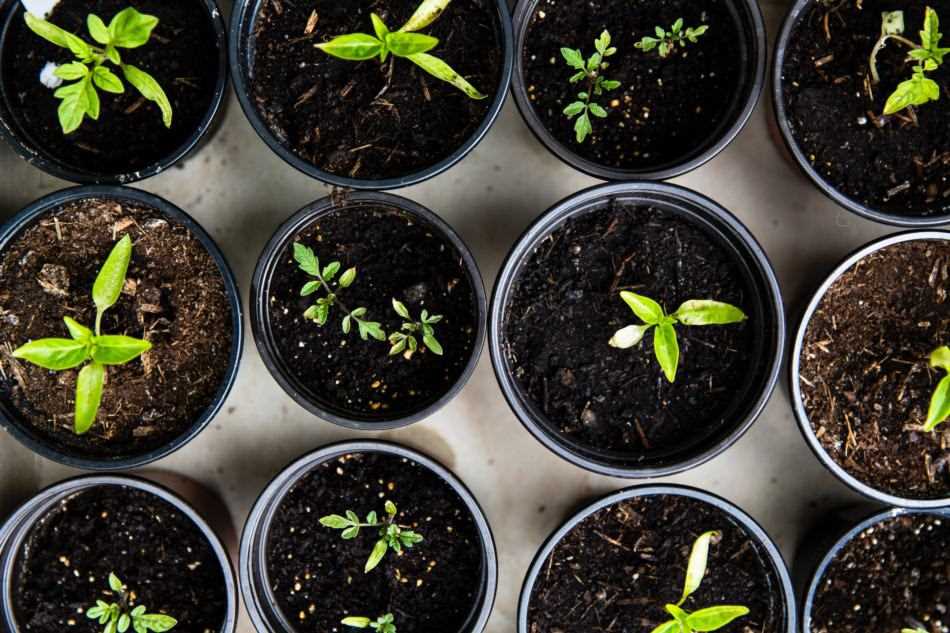
- Leaning or tilting of the seedlings
- Bent or broken stems
- Difficulty in standing upright
- Roots exposed or above ground
- Unusual leaning patterns in the field
Causes of Lodging
Lodging can be caused by various factors, including:
- Strong winds
- Heavy rain or waterlogging
- Loose or compacted soil
- Lack of support or structural integrity
- Weak or shallow root system
Importance of Early Identification
Identifying lodging early is crucial because it allows you to take immediate action and minimize the damage to your seedlings. The longer the lodging goes unnoticed, the greater the risk of permanent stem bending or breakage, which can lead to the death of the seedlings.
Choose Good Quality Seeds
Choosing good quality seeds is crucial in ensuring the successful growth and development of seedlings. High-quality seeds have the potential to produce healthy and vigorous plants that are more resistant to lodging and other potential hazards. Here are some factors to consider when selecting seeds:
- Seed Source: Choose seeds from reputable sources such as certified seed producers, seed companies, or trusted local farmers. These sources often have strict quality control measures in place, ensuring the seeds are of high quality and free from diseases or pests.
- Seed Varieties: Select seed varieties that are known for their resilience against lodging. Look for varieties that have been specifically bred or developed to withstand adverse weather conditions, strong winds, or heavy rainfall.
- Seed Age: Check the age of the seeds before purchasing. Fresh seeds have higher germination rates compared to older ones. Look for seeds with a declared germination rate of at least 85%.
- Seed Appearance: Inspect the seeds visually. They should have a uniform size, shape, and color. Avoid seeds that appear discolored, damaged, moldy, or shriveled, as they may have lower viability.
- Seed Treatment: Some seeds may undergo pre-sowing treatments to improve germination and disease resistance. Look for seeds that have been treated with fungicides, insecticides, or other beneficial substances to enhance their overall quality.
- Seed Packaging: Ensure that the seeds are properly packaged and labeled. The packaging should provide essential information such as the seed variety, date of packaging, and any special handling or storage instructions.
By taking the time to choose good quality seeds, you increase the chances of success in growing healthy and resilient seedlings that can withstand the potential dangers of lodging and other detrimental factors.
Provide Proper Support
- Use stakes or plant supports: One of the most effective ways to provide support to seedlings is by using stakes or plant supports. These can be made of bamboo, wood, or metal. Place the stakes next to the seedlings and gently tie the plants to the stakes using soft garden twine or plant ties. This will help keep the seedlings upright and prevent them from bending or breaking.
- Adjustable trellises: Another option for providing support to seedlings is by using adjustable trellises. These can be positioned near the seedlings and adjusted as the plants grow taller. The trellises will keep the seedlings in an upright position and help them grow straight.
- Cages or wire mesh: For taller seedlings or plants that have a tendency to flop over, using cages or wire mesh can be beneficial. These can be placed around the seedlings to create a support structure that will keep them from bending or falling over. The cages or wire mesh can be secured in the ground to ensure stability.
- Prune and thin: Sometimes, seedlings become weak and overcrowded due to lack of space or nutrients. Pruning and thinning can help provide better support to the remaining seedlings. Remove any weak or diseased plants to allow the healthy ones to thrive. Also, thin out the crowded areas by removing excess seedlings, ensuring that the remaining ones have enough room to grow properly.
By providing proper support to seedlings, you can help them grow strong and healthy, preventing lodging and death. Choose the method that works best for your plants and regularly monitor their growth to make adjustments as needed.
Proper Watering Techniques
Proper watering techniques are crucial in preventing lodging and death of seedlings. Here are some best practices to follow:
1. Watering Schedule
Establish a regular watering schedule to provide consistent moisture to the seedlings. Watering should be done early in the morning or late in the evening to minimize evaporation.
2. Deep Watering
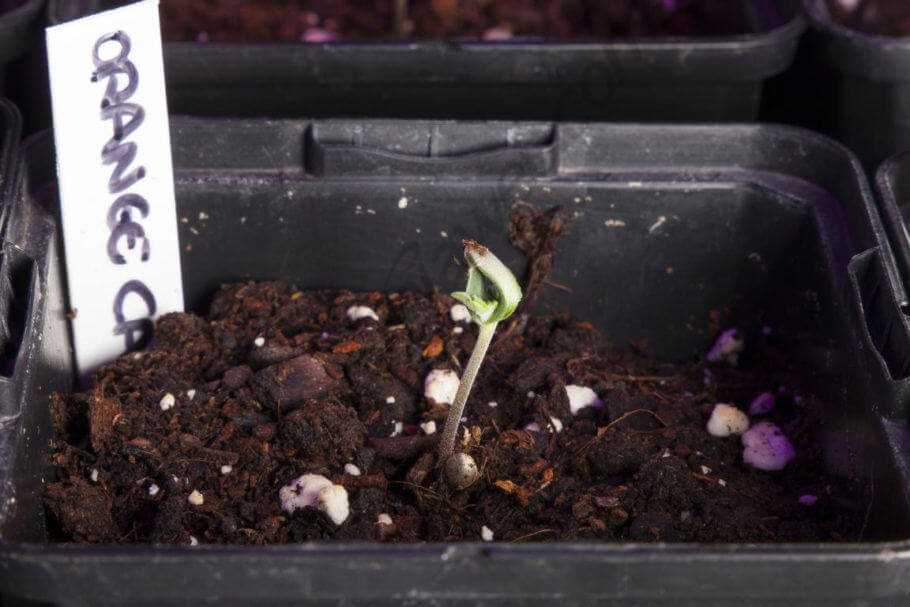
When watering, aim to reach the roots of the seedlings by applying water directly to the soil. Avoid watering the leaves as this can increase the risk of diseases.
3. Water Quantity
Ensure that the seedlings receive enough water for healthy growth. The soil should be moist but not saturated. Overwatering can lead to root rot, while underwatering can cause stress and stunted growth.
4. Drainage
Make sure the planting area or containers have proper drainage to prevent waterlogging. Excess water should be able to drain away to avoid suffocating the roots.
5. Mulching
Add a layer of organic mulch around the base of the seedlings to help retain moisture in the soil. Mulch also helps to control weeds that compete for water and nutrients.
6. Watering Aid
Consider using a watering aid such as a soaker hose or drip irrigation system. These methods deliver water directly to the base of the seedlings, reducing waste and ensuring efficient watering.
7. Observing Seedlings
Regularly observe the seedlings for signs of water stress. Wilting, yellowing leaves, or dry soil are indications that the seedlings need watering.
By following these proper watering techniques, you can maintain optimal moisture levels and promote healthy growth, reducing the risk of lodging and death in seedlings.
Protect from Extreme Weather Conditions
Extreme weather conditions can pose a significant threat to seedlings, especially during the early stages of growth. Here are some measures you can take to protect your seedlings from extreme weather:
1. Wind Protection:
- Ensure seedlings are planted in a sheltered area or use windbreaks to shield them from strong winds.
- Stake or support taller seedlings to prevent them from bending or breaking under the force of the wind.
2. Frost Protection:
- Monitor weather forecasts and cover seedlings with a frost blanket or row covers when freezing temperatures are expected.
- Apply a layer of mulch around the seedlings to insulate the soil and protect the roots from frost.
3. Heat Protection:
- Provide shade to seedlings during periods of intense heat by using shade cloths or creating temporary shade structures.
- Water seedlings regularly to keep the soil moist and help them withstand high temperatures.
4. Heavy Rainfall Protection:
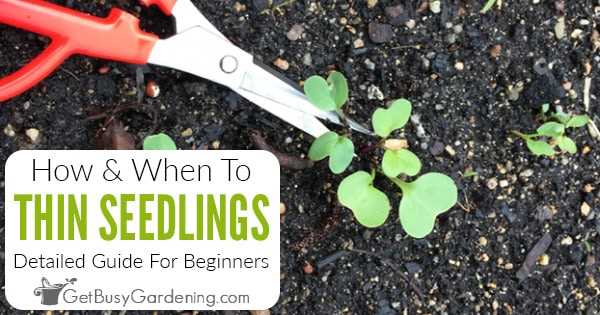
- Improve soil drainage by adding organic matter or using raised beds to prevent waterlogged conditions that can suffocate seedlings.
- Build small trenches or use drip irrigation to direct excess water away from seedlings.
5. Hail Protection:
- Cover seedlings with a mesh or netting during hailstorms to shield them from damage caused by hailstones.
- Consider creating a temporary protective structure, such as a hoop house or polytunnel, to provide additional hail protection.
By implementing these measures, you can significantly minimize the risks posed by extreme weather conditions and give your seedlings a better chance of survival and healthy growth.
Monitor and Control Pests and Diseases
Pests and diseases are common problems that can affect seedlings and cause damage or death if not properly controlled. Monitoring for pests and diseases is an important part of seedling care, as early detection can help prevent the spread of infestations and minimize damage.
1. Regular Inspections
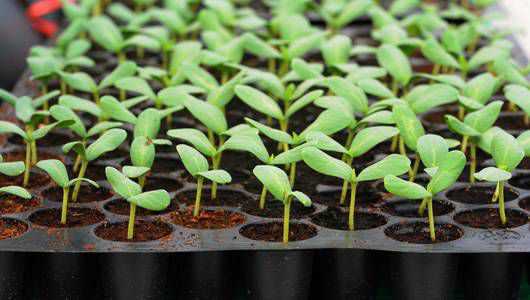
Regularly inspect your seedlings for any signs of pests or diseases. Look for chewed leaves, discoloration, wilting, or any other abnormality. Check both the leaves and the soil around the seedlings.
2. Identify Pests and Diseases
Learn to identify common pests and diseases that can affect seedlings. Some common pests include aphids, snails, slugs, and caterpillars. Common diseases include damping-off, powdery mildew, and fungal infections.
3. Integrated Pest Management (IPM)
Implement Integrated Pest Management (IPM) techniques to control pests and diseases. IPM involves using a combination of cultural, mechanical, biological, and chemical methods to manage pests and diseases while minimizing environmental impact.
4. Cultural Control
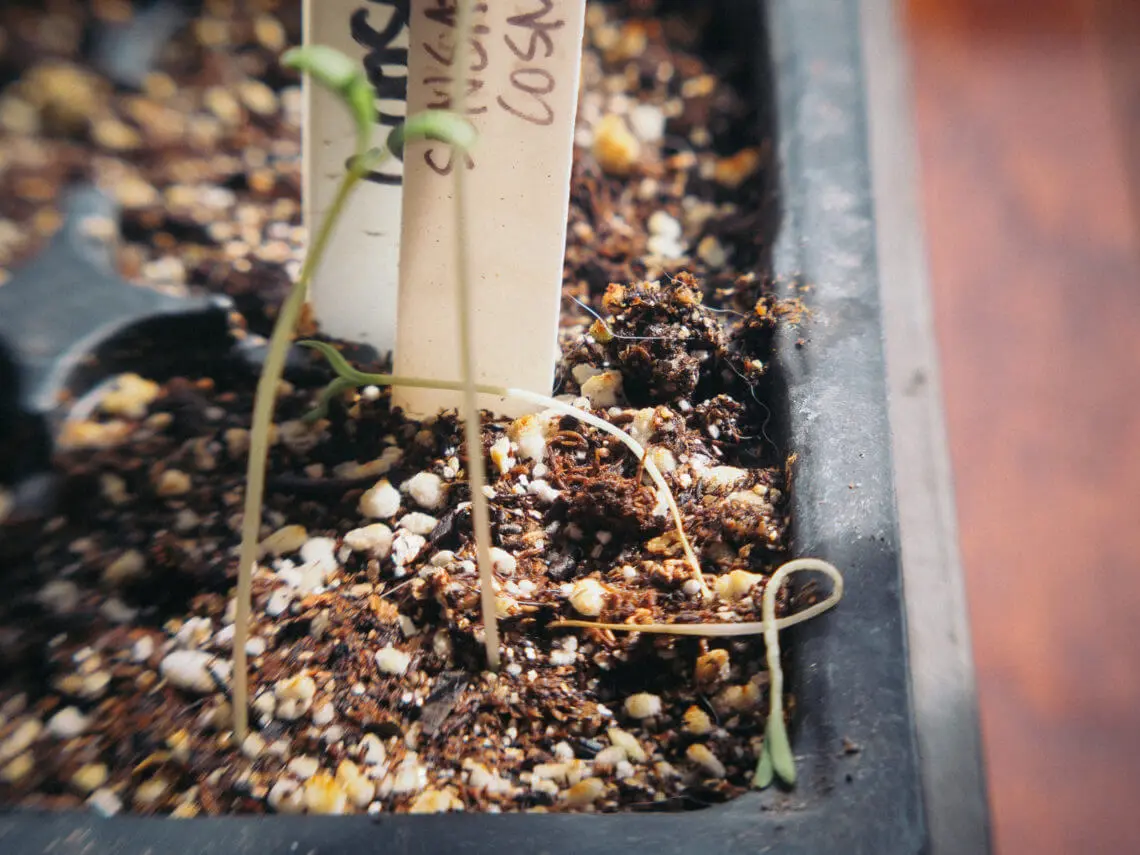
Practice good cultural control methods, such as removing weeds and debris around seedlings, promoting good air circulation, and avoiding over-watering. These practices can help prevent the establishment and spread of pests and diseases.
5. Biological Control
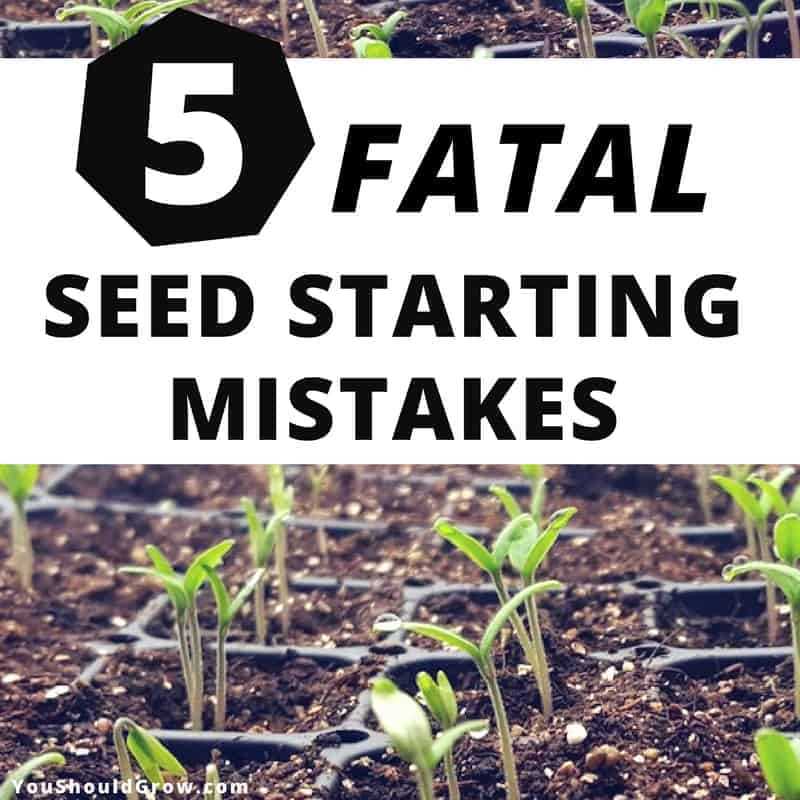
Consider using biological control methods, such as introducing beneficial insects that prey on pests, using nematodes or predatory mites, or applying microbial agents. These natural predators can help keep pest populations in check.
6. Chemical Control
If necessary, use chemical control methods as a last resort. Select pesticides that specifically target the pests or diseases you are dealing with, following the instructions carefully. Be cautious with chemical use, as it can have negative effects on beneficial insects and the environment.
7. Record Keeping
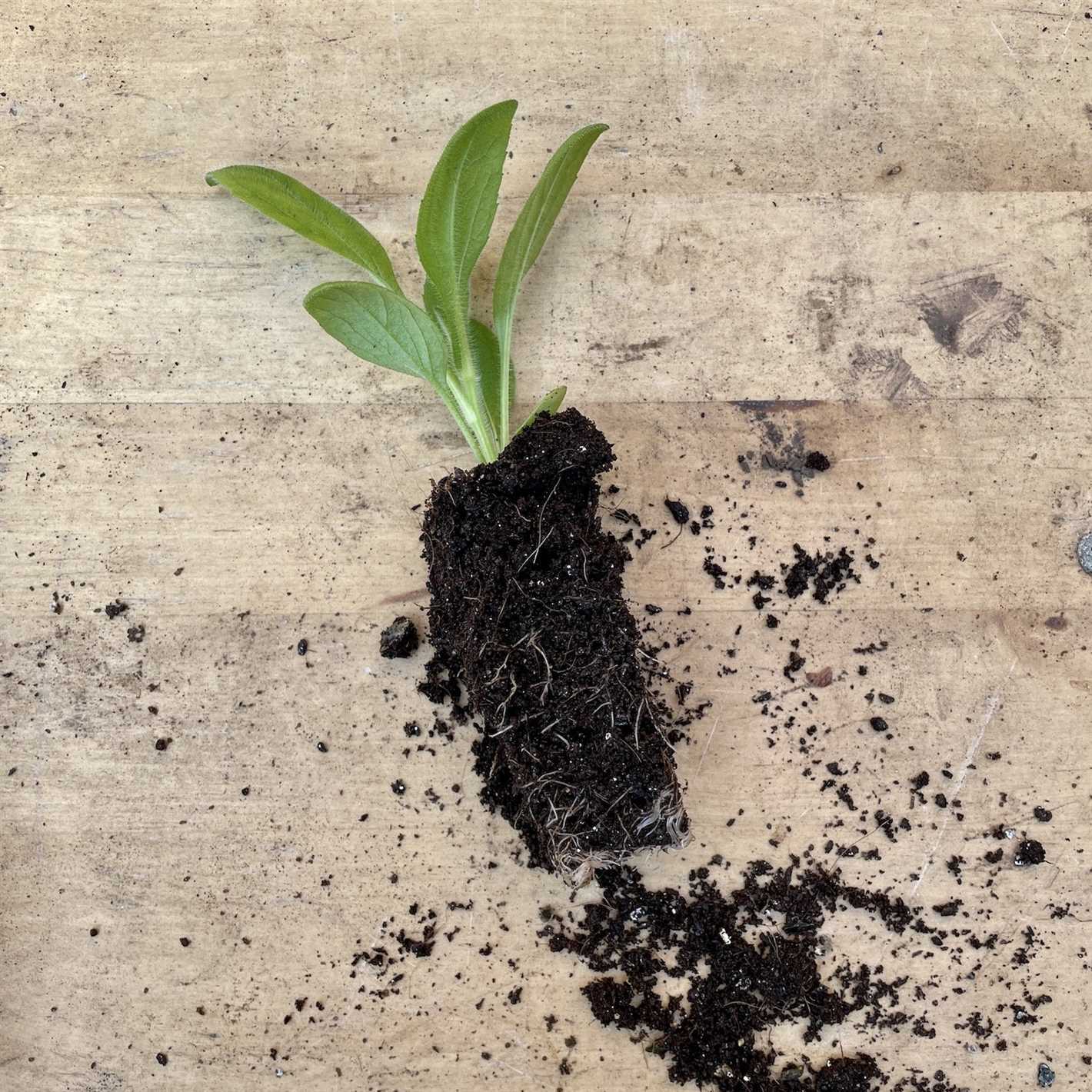
Keep a record of your pest and disease management efforts. Note the types of pests or diseases you encounter, the methods used for control, and the effectiveness of each method. This can help you plan future prevention or control strategies.
8. Follow Prevention Measures
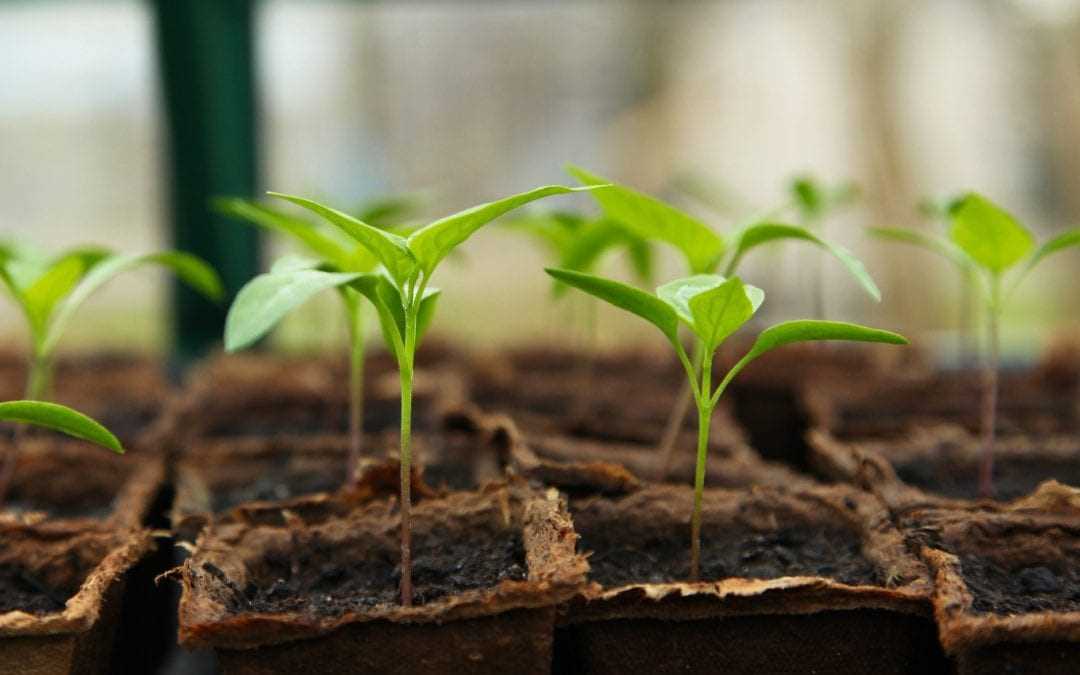
Prevention is key in managing pests and diseases. Follow proper sanitation practices, such as cleaning tools and pots, to prevent the spread of pathogens. Quarantine new plants before introducing them to your seedlings to avoid introducing pests or diseases.
By monitoring and controlling pests and diseases, you can help ensure the health and survival of your seedlings. Implementing these practices will help minimize damage and increase the chances of successful seedling growth.
Prune and Trim Regularly
To prevent lodging and death of seedlings, it is important to regularly prune and trim the plants. This helps to maintain their shape and structure, allowing them to withstand strong winds and other unfavorable conditions.
1. Remove dead or damaged branches: Carefully inspect the seedlings and remove any dead or damaged branches. These can become weak points in the plant’s structure and may break under pressure.
2. Thin out overcrowded areas: If the seedlings are growing too close together, it is important to thin out the overcrowded areas. This allows each plant to have enough space to grow and develop properly, reducing the risk of lodging.
3. Prune excessive growth: If the seedlings are growing too tall or have excessive foliage, it is important to prune them back. This helps to reduce the wind resistance and allows the plants to remain more stable in strong winds.
4. Train the plants: Use stakes or other support structures to train the seedlings to grow in a specific direction. This can help prevent them from leaning or toppling over in high winds.
5. Regular maintenance: Regularly inspect the seedlings and perform necessary pruning and trimming as needed. This will help keep the plants healthy and strong, reducing the risk of lodging and death.
By following these pruning and trimming techniques, you can help save seedlings from lodging and ensure their healthy growth.
Implement Strong Support Structures
One effective way to save seedlings from lodging and death is by implementing strong support structures. These structures provide stability and support to prevent seedlings from bending or falling over under the weight of their growth or external factors such as wind or rain.
1. Stakes: Stakes are one of the most common support structures used for seedlings. They can be made of wood, bamboo, or metal and should be driven into the ground near the seedling’s base. The seedling can then be gently tied to the stake with soft material such as plant ties or twine. Stakes should be tall enough to allow the seedling to reach its full height without leaning or bending.
2. Trellises: Trellises are another effective support structure, especially for vining seedlings such as tomatoes or cucumbers. They can be made of various materials such as metal or wood and should be placed securely in the ground. As the seedling grows, its vines can be trained to climb and weave through the trellis, providing both support and allowing better air circulation around the plant.
3. Cages: Cages are commonly used to support seedlings that have a bushy growth habit, such as peppers or eggplants. They consist of a series of interwoven wires or stakes forming a cage-like structure around the seedling. As the seedling grows, its branches can be trained to grow within the cage, providing support and preventing the plant from sprawling over the ground.
4. Netting: Netting can be used as a support structure for seedlings that have delicate or vine-like stems, such as beans or peas. The netting should be stretched between stakes or poles, creating a mesh that the seedlings can climb and cling to. This provides support and prevents the seedlings from sprawling or breaking under their own weight.
5. Hoops: Hoops are commonly used to support seedlings in rows or beds. They can be made of flexible materials such as PVC pipes or metal hoops. The hoops are placed above the seedlings and connected with a supporting wire or string. As the seedlings grow, they can be trained to grow upward along the hoops, providing support and preventing them from falling over.
By implementing these strong support structures, seedlings can be saved from lodging and death, allowing them to grow and thrive in a healthy and upright position. It is important to regularly monitor the seedlings and adjust the support structures as needed to ensure they are properly supported throughout their growth.
“Question-Answer”
What is the most common cause of seedling lodging and death?
The most common cause of seedling lodging and death is insufficient support for the growing plants.
How can I prevent seedling lodging?
To prevent seedling lodging, you can provide support for the plants by staking them or using cages or trellises. This will help them grow upright and avoid bending or breaking under their own weight.
What are some signs that my seedlings might be in danger of lodging?
Some signs that your seedlings might be in danger of lodging include leaning or bending of the stems, weak root systems, and the inability of the plants to support their own weight.
What should I do if my seedlings have already lodged?
If your seedlings have already lodged, you can try to gently straighten the bent stems and provide additional support using stakes or other means. However, it’s important to be careful not to damage the plants further.
Can fertilizing my seedlings help prevent lodging?
Yes, providing adequate nutrition to your seedlings through fertilization can help strengthen their stems and reduce the risk of lodging. However, it’s important to ensure that you’re using the right type and amount of fertilizer for your particular plants.







